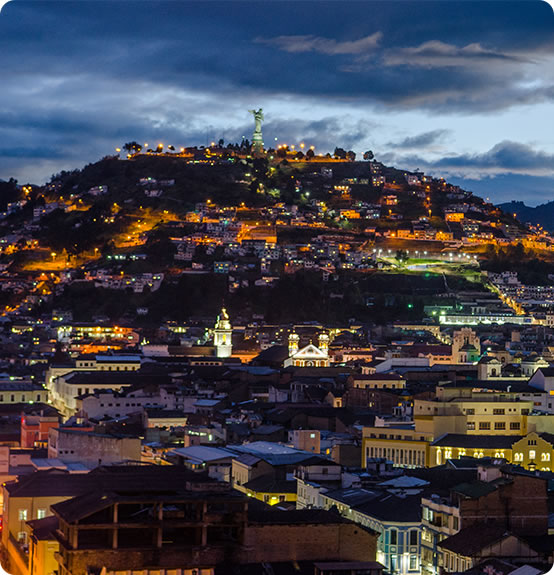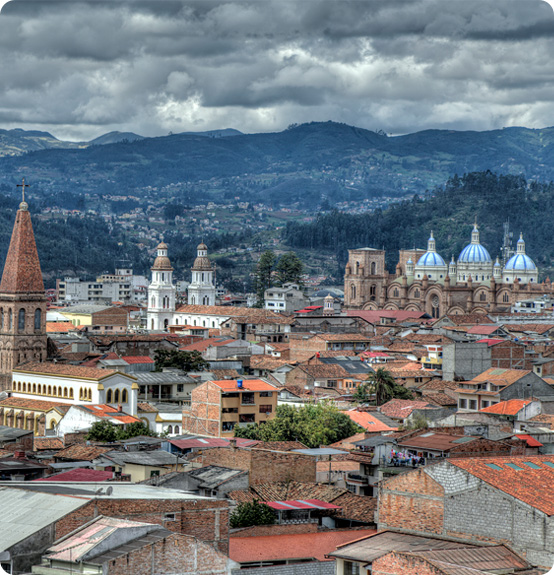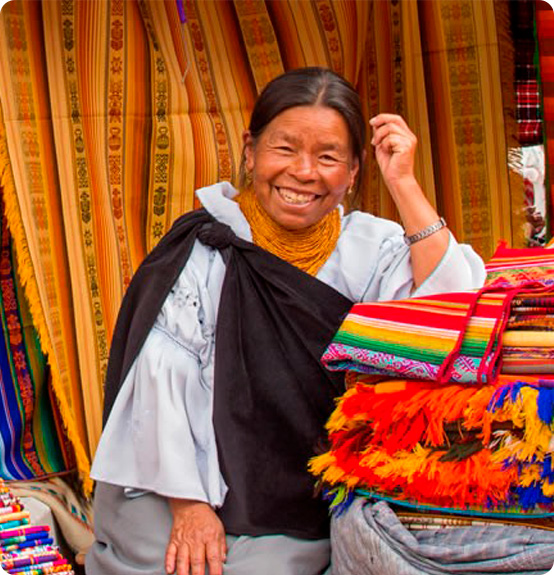When German naturalist and explorer Alexander Von Humboldt visited Ecuador, he was immediately seduced by the breathtaking views of the Andes, particularly its beautiful lineup of monumental volcanoes. He called it the “Avenue of the Volcanoes”; seven peaks with an average height of 13,000 feet.
The Andes region merges through valleys, mountains, lakes and cities. It boasts impressive biodiversity due to a wide range of microclimates; it is home to more than 4,000 varieties of orchids and over 600 species of birds. Only here can you hike through the unique grassy highlands (páramo), take a bath in the hot springs, or go bird watching in the cloud forest all in one day.



